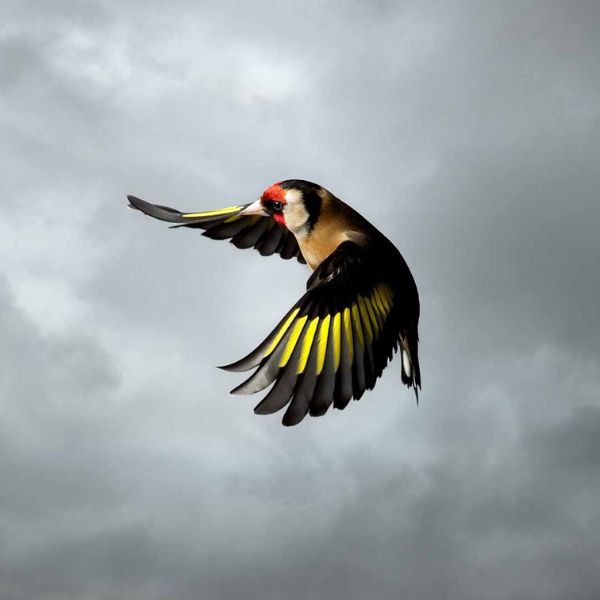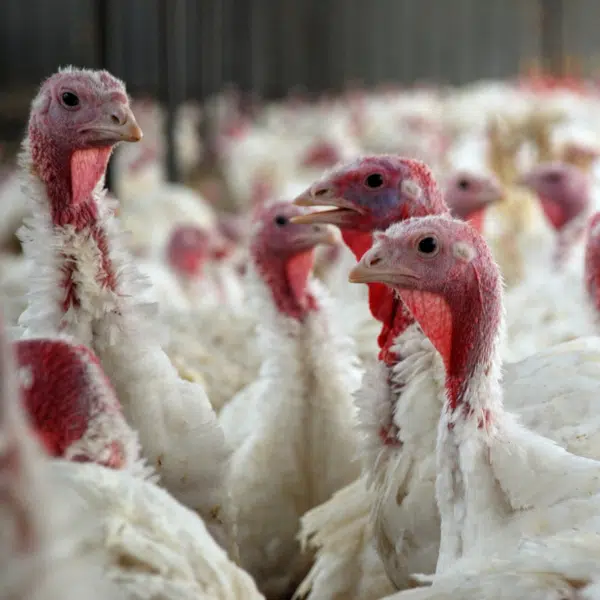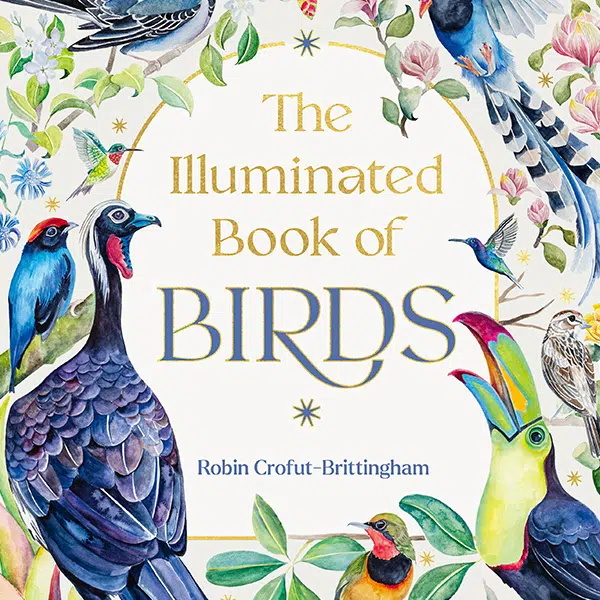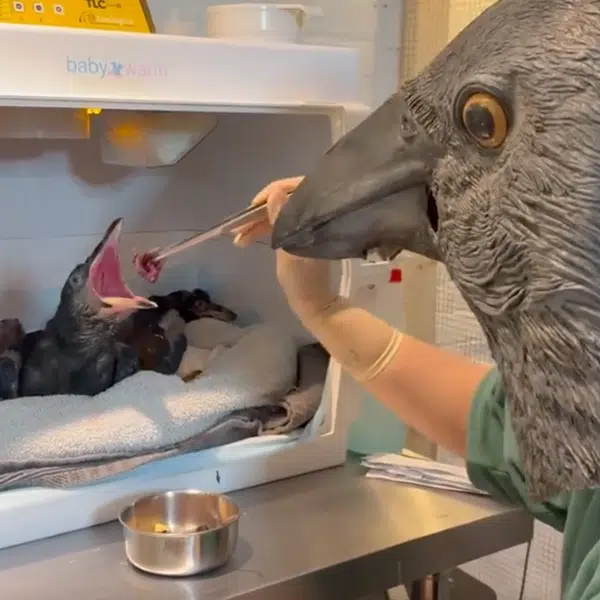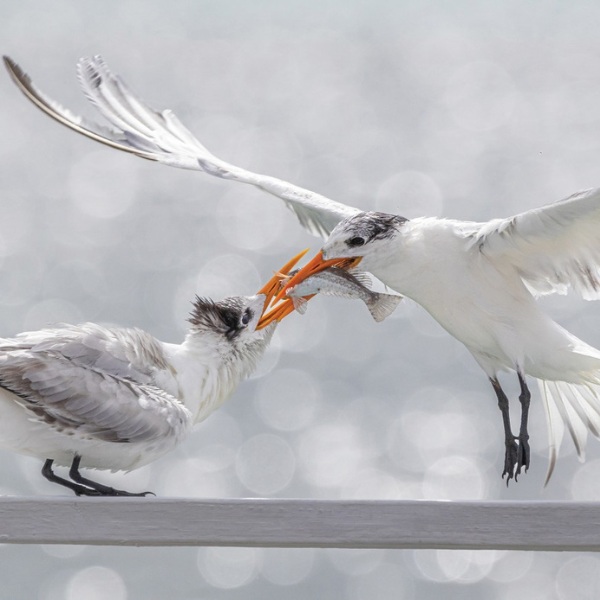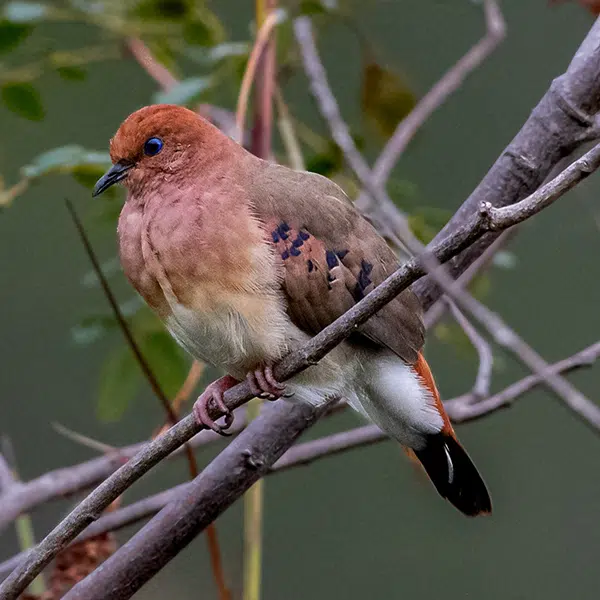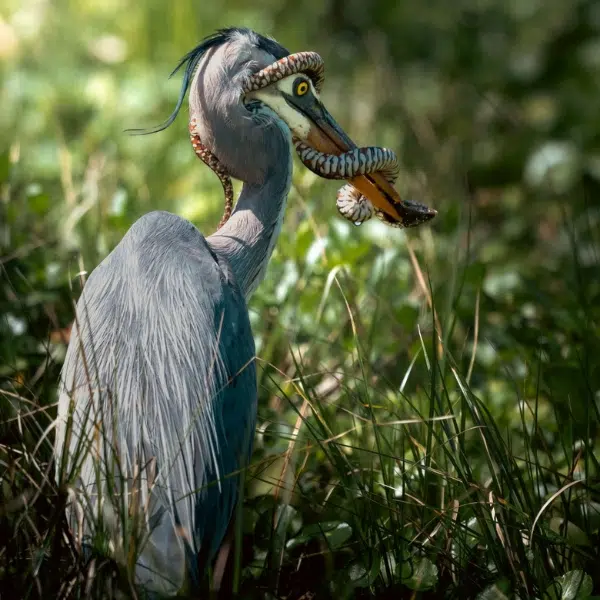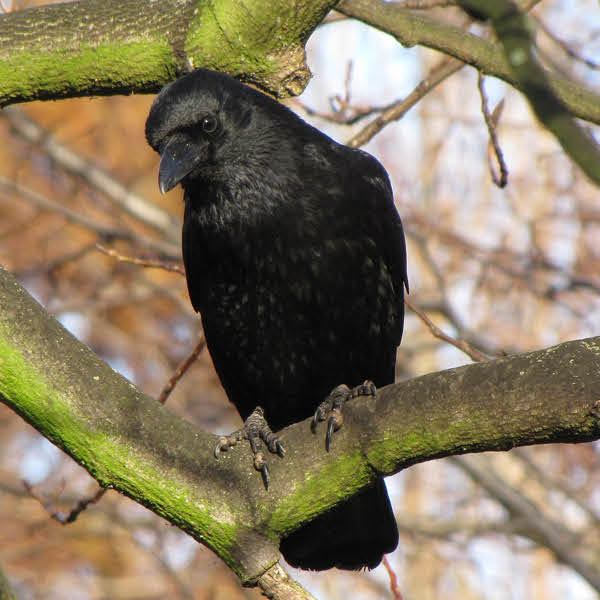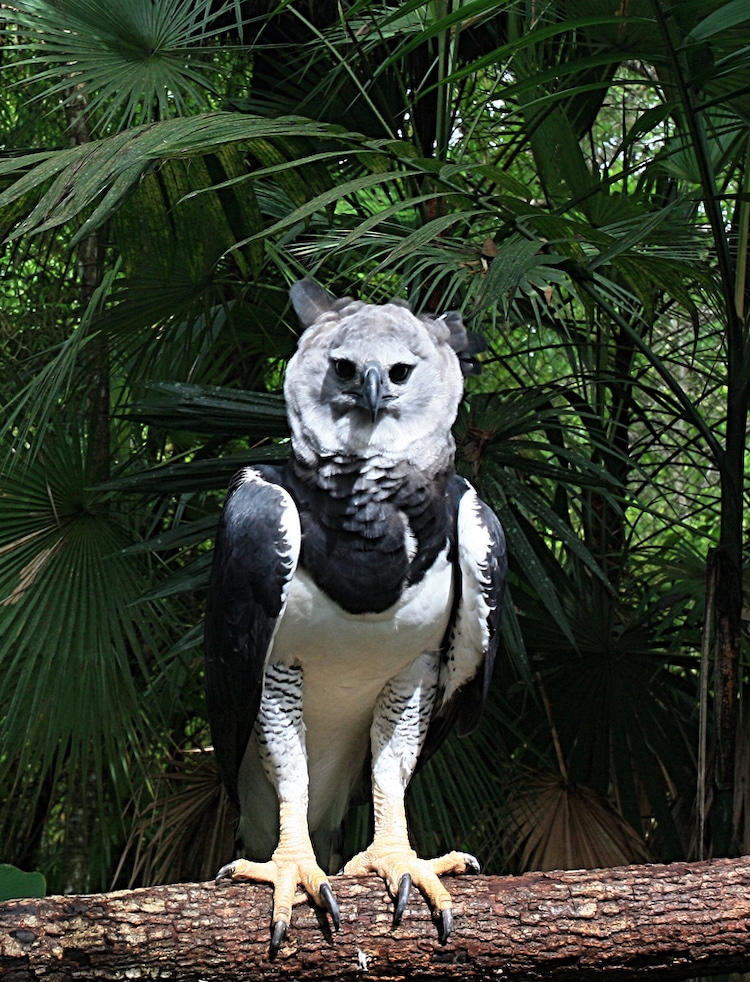
Photo: Clément Jacquard via Wikimedia Commons (CC BY-SA 2.0)
With its expressive face, collar of feathers, and black and grey tones, there's no denying that the harpy eagle (Harpia harpyja) is a striking creature. But if its distinct appearance isn't impressive enough, its height and wingspan certainly are. These powerful birds of prey can reach up to 3 feet 5 inches in height, with an overall wingspan of up to 7 feet 4 inches—making them look almost like a puppet out of Jim Henson's Labyrinth.
Its incredible size and unique appearance have made the harpy eagle quite a popular figure on the internet. Photographs of the large eagle often pop up on Reddit, where people marvel at its size. For a quick comparison, a female bald eagle averages up to 12 pounds, while the female harpy eagle weighs between 13 and 20 pounds. As female eagles are always stockier than their male counterparts, it's worth noting that a male harpy eagle will weigh between 9 and 13 pounds.
Despite its overall large size, its wingspan is a bit shorter than some other eagles due to habitat. These rare birds live in the upper canopy of tropical lowland rainforests from Mexico to Brazil and northern Argentina. The shorter wings help them navigate better through the forest, unlike other eagle species that mainly fly in large, open areas. Still, the harpy eagle remains the largest extant eagle in the world.
In terms of appearance, its black, grey, and white feathers are identical in both males and females, with the raised feathers on its head giving the bird a quizzical expression. If the harpy eagle's goth look wasn't fearsome enough, take note of its powerful talons. The rear talons are bigger than a grizzly bear's claws and measure 5 inches in length. In fact, no other eagle has talons so large. With such power, it should come as no surprise that the harpy eagle is at the top of its food chain.
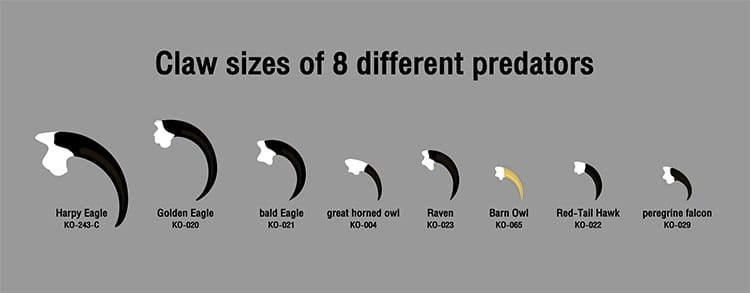
Photo: Stock Photos from eakglory/Shutterstock
So what do harpy eagles eat? Sloths and monkeys are favorites for this raptor. They will also feast on opossums, porcupines, and snakes. They rarely soar long distances. By preserving their energy, they have more than enough strength to pick up small animals weighing up to 17 pounds. Silent hunters—they don't vocalize much—these eagles will sit for hours on end in a perch, just waiting for a meal to walk by. Capable of flying up to 50 miles per hour, it's no problem for them to fly under the forest canopy and snatch their food.
Sadly, harpy eagles are becoming a rare sight across South and Central America as rainforest deforestation diminishes their habitat. As harpy eagles are monogamous and raise just one eaglet every two years, even a slight downturn in numbers can make population recovery difficult. The loss of this apex predator in some environments is a huge blow to the ecosystem. For instance, their hunting of animals like capuchin monkeys helps keep the populations in check naturally. This is important because these monkeys eat eggs from bird nests and, if not kept under control, could cause the extinction of other species.
In 1989, the Peregrine Fund started a conservation effort to help save the species. Working with organizations from Panama, Ecuador, and Venezuela, they began a captive breeding program in the United States. After realizing that climate conditions were working against them, the program moved to the Neotropical Raptor Center and breeding facility in Panama City, Panama, in 2001, where it remained open until 2006. Nearly 50 Harpy eagles were released into the wild in Panama and Belize during the course of the program.
Today, the Peregrine Fund continues its work by supporting one of the longest-existing studies of Harpy eagles, which involves monitoring wild populations in Darien, Panama. By doing so, they hope to gather more information on how to protect the species.
The harpy eagle is the world's largest extant eagle and has talons bigger than a Grizzly bear's claw.
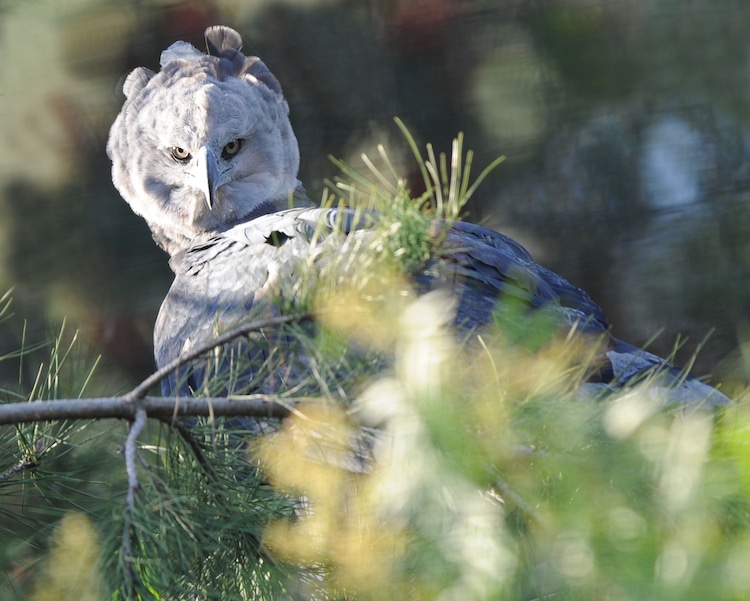
Photo: Stock Photos from worldswildlifewonders/Shutterstock

Photo: Stock Photos from Alfredo Maiquez/Shutterstock
They are native to the upper canopy of lowland rainforests but are losing habitat through deforestation.

Photo: Stock Photos from Chepe Nicoli/Shutterstock
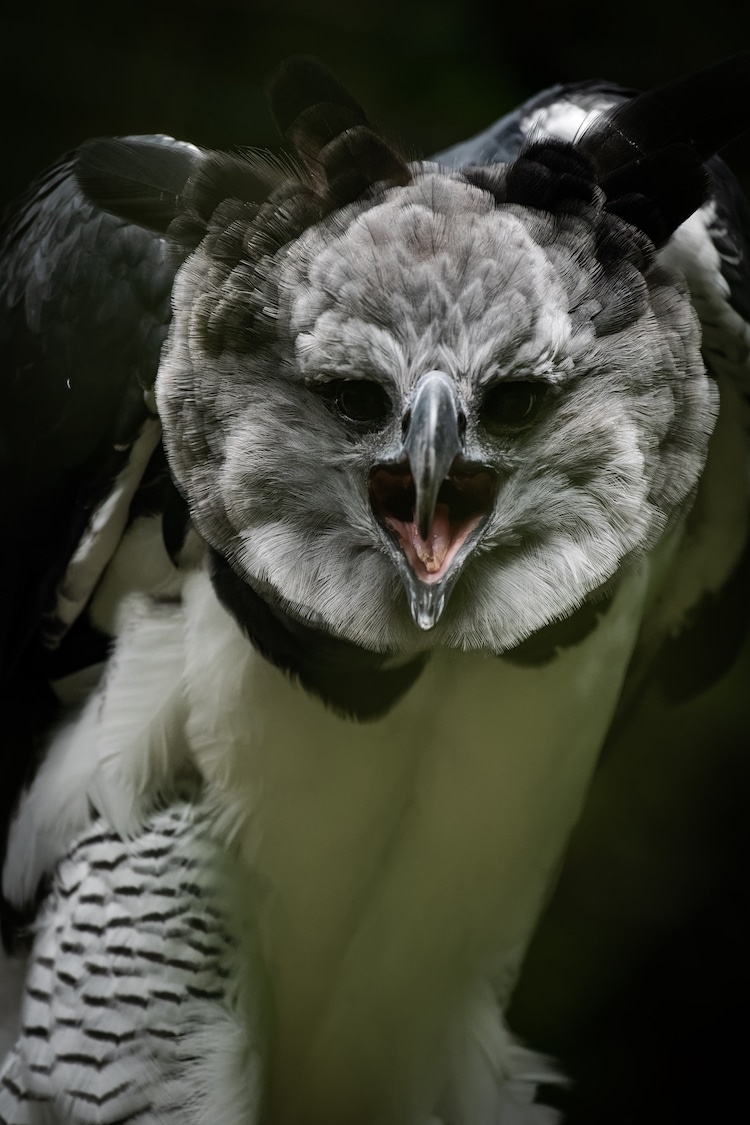
Photo: Stock Photos from Thorsten Spoerlein/Shutterstock
Many are now also found in zoos and nature reserves across North and South America.
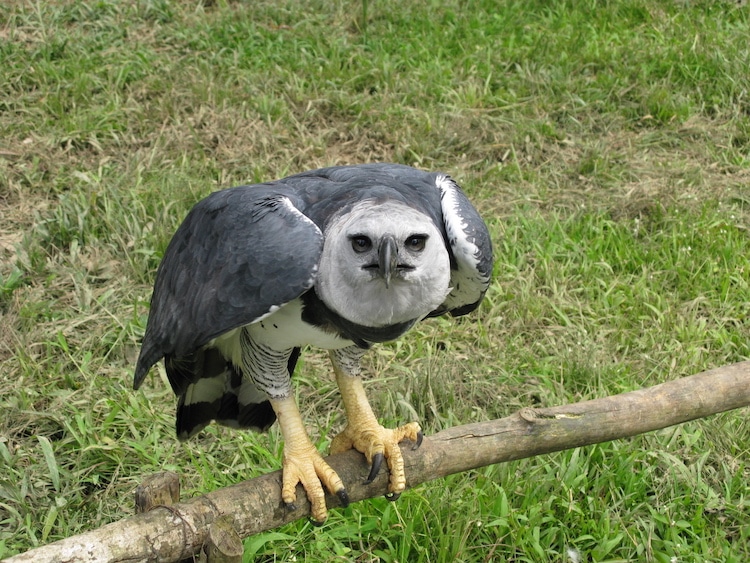
Photo: Stock Photos from guentermanaus/Shutterstock
More Harpy Eagle Facts
-
- The first written record of the harpy eagle is in Carl Linnaeus' 1758 Systema Naturae. He describes the bird as the Vultur harpyja, named after the Greek mythological spirit that had the body of an eagle and the face of a human. This is why many people think the bird is only a myth.
- Harpy eagles are the rainforest’s largest and most powerful bird.
- Harpy eagles and the African crowned eagles claim the title of the world’s strongest eagle.
- They are strong enough to crush bones with their talons. (They can apply over 110 pounds of pressure.)
- Harpy eagle nests are sparingly spaced out over large amounts of rainforest and well hidden up in the trees' huge canopies. This makes them extremely hard to find and study.
- Their huge, durable nests made from sticks measure around 1.2 meters (3.9 feet) deep and 1.5 meters (4.9 feet) wide.
- Panama officially adopted the harpy eagle as its national bird.
- Although they're birds of prey, there are some uncommon cases where harpy eagles have been attacked and eaten by ocelots and jaguars.
- Harpy eagles are known to “steal” livestock from commercial businesses, such as chicken, lamb, goats, and even piglets.
- Similar to an owl, harpy eagles move their facial feathers in order to direct sound waves to their ears and improve hearing.
- The harpy eagle was the inspiration behind the design of Fawkes the Phoenix (Dumbledore's animal companion) in the Harry Potter film series.
This article has been edited and updated.
Related Articles:
20+ Strange Animals You Didn’t Know Existed
Incredible Photos Capture Eagle and Fox Fighting Over Rabbit in Mid-Air
Lovable Portraits of Rescued Sloth Babies in Costa Rican Animal Refuge
65 Million Years Ago Penguins the Size of Humans Roamed the Earth












































































